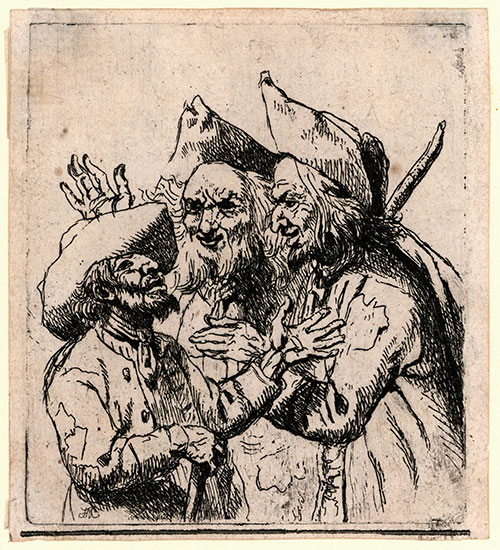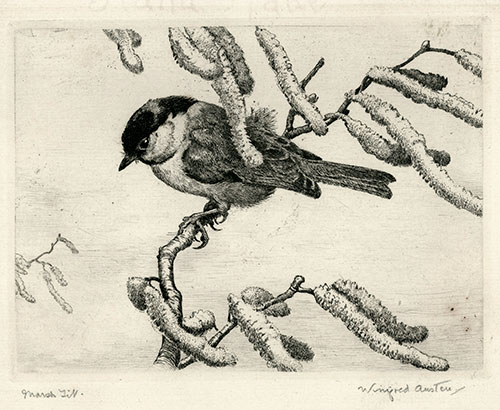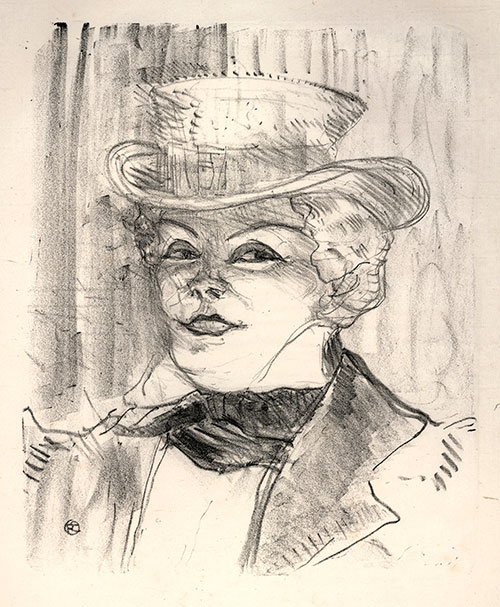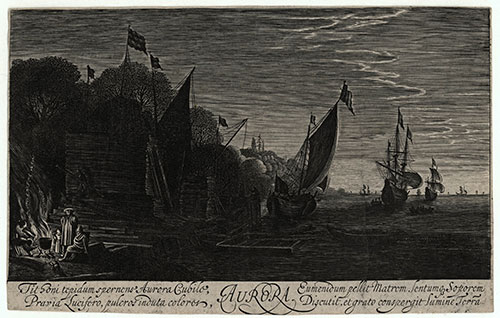The
Home Page Selection
If
you require further information on any
print featured here, please contact
us.
When
a print has been sold it will be marked
as Sold.
A
growing archive of selections
from previous Home pages is featured in
the
Home
Page Selection Archive |
|
See
also :
Click
on a thumbnail (left)
to link directly with the entry for that
print, or scroll down to view all the selected
prints from the current Home
Page.
Images
are not to relative scale (see stated dimensions) and also at only modest resolution.
If you wish to view extracts of an image at higher resolution, please Contact us.
|
|
|
|

| |
FRIEDRICH (MALER) MÜLLER
Kreuznach, Palatinate 1749 – 1825 Rome
Müller achieved considerable contemporary fame in his early years as a draughtsman and writer. After an initial apprenticeship, 1766-67, in Zweibrücken with the court painter to the Elector of the Palatinate, Müller moved to Mannheim in 1768, where he lodged with the etcher Ferdinand Kobell.
During this period Müller also wrote verse idylls and plays, including Fausts Leben, in the circle of the Storm und Drang writers.
His fifty or so etchings, rarely encountered, were all made in the decade 1768-78 and were either independent works or etched to illustrate his writings.
He was appointed Kabinettsmaler to the Elector Carl Theodor in 1777 but in 1778 went off to Rome, financed by a group of subscribers which included Goethe, to become a history painter. In this he had no success (though he called himself “Maler Müller” – Painter Müller) but remained in Rome as an antique dealer and ciceroni for German grand tourists.
Schummel, Izick & Mauschel
(Three characters in Part 1 of Müller’s
Fausts Leben dramatisiert)
Nagler 7; Bernardi 35
84 x 73 mm
Original etching, c1778.
The plate signed with the monogram.
On thin laid paper with narrow margins.
£350
Müller used this plate on the title page of Part 1 of his Faust’s Life Dramatised.
The concept of the story of Faustus is ancient, but it became of creative interest in the Northern Renaissance, and in later centuries particularly inspired German writers.
(Delacroix (inspired by Goethe’s drama), Slevogt, Nolde, Klee, Barlach and Kollwitz would all make prints on the Faustian theme.)
.
Return to top ^ |
|
|
|

|
|
MICHAEL BLAKER R.E.
Hove 1928 – 2018 Ramsgate
Dog family of the artist
342 x 440 mm
Original etching, drypoint and aquatint, with colour wash, c1985.
Signed in pencil, entitled and numbered 1/275.
On wove.
£250
Hero, Sweep and visiting Tina.
Sweep, a Labrador, was acquired first and then joined by Hero, a Maltese Toy terrier.
Tina, with a white front, was a friend of Sweep.
The dogs (and consequently their owners) had met in a Rochester store and become friends. At holiday times, the dogs stayed with each other.
Return to top ^ |
|
|
|
 |
|
WINIFRED AUSTEN R.E.
Ramsgate 1876 – 1964 Orford, Suffolk
A painter and fine etcher of birds and small animals, Winifred Austen trained at the London County Council School of Arts & Crafts with the wild animal painter Cuthbert Edmund Swan as well as making studies at London Zoo. She was later elected a Fellow of the Royal Zoological Society and was also a member of the RSPB.
She exhibited watercolours for the first time at the Royal Academy in 1899 and etchings from 1907, the year she also began exhibiting at the R.E.
From 1911 her etchings, in their restrained composition and careful placing of the subject against a minimal background, show the influence of Japanese works of art. Her early plates are all etched, whereas from 1921 she took to drypoint.
Marsh Tit
110 x 150 mm
Original etching.
Signed in pencil and entitled.
On cream laid paper watermarked Hand made.
A few small brown spots in the bottom right corner.
Sold
Return
to top ^ |
|
|
|
 |
|
HENRI DE TOULOUSE-LAUTREC
Albi 1864 – 1901 Château de Malromé, Gironde
As the style and dimensions of Madame Réjane are the same as Lautrec’s Portraits d’Acteurs et d’Actrices, Treize lithographes, Adriani considers that it was probably drawn on the stone, though not selected, as one of the series of twenty or so portraits of actors commissioned by the London publisher W H B Sands - a project which Sands abandoned in 1898, selling his rights in the portfolio, which was only published posthumously.
Madame Réjane similarly was only published posthumously (two lifetime proofs were printed).
An edition of 75 on hand-made laid japan paper was issued by the Leicester Galleries, London in 1936, after which the stone was presented to the Musée d’Albi. They subsequently published another edition, of 100 on wove vellum, in 1951 to mark the 50th anniversary of Lautrec’s death.
Madame Réjane
Adriani 275, Delteil 266, Wittrock 266
294 x 242 mm (stone) 505 x 347 mm (sheet)
Original lithograph, 1898.
The stone signed with the monogram.
On laid japan paper.
Presumably a printing proof aside from the 1936 edition of 75. (Before the identifying additional two lines of the 1956 edition.)
From a small collection of similar proofs, one of which is inscribed in pencil by Henri Petiet as Bon à tirer, though as far as I am aware Petiet’s name is not mentioned in this connection in the literature.
A little cockled and with small handling defects.
Sold
Gabrielle Charlotte Réju (1856-1920), known professionally as Gabrielle Réjane, was a celebrated stage actress. Together with co-actor Félix Galipaux, Lautrec lithographed her in 1894, full length in character, in the play Madame Sans-Gêne. His 1898 portrait recalls her in this role.
She very largely served as the model for Proust’s fictional actress ‘La Berma’ in A la recherché du temps perdu. ‘La Berma’ is mentioned 134 times across six of the series of seven novels.
Proust and Réjane’s son, Jacques Porel, became good friends after the First World War and Porel invited Proust to have an apartment in his house.
Return
to top ^
|
|
|
|
 |
|
JAN VAN DE VELDE II
Rotterdam 1593 – 1641 Enkhuysen
A draughtsman, painter, printmaker and publisher, van de Velde learnt engraving from Jacob Matham in Haarlem, where he joined the Guild of St Luke in 1614. Later, he settled in Enkhuysen (1636).
Van de Velde created a number of original ‘black prints’ influenced by Goudt. In the Four Times of Day, with their engraved inscriptions, he came particularly close to the manner of Goudt, who had probably been taught calligraphy by van de Velde’s father, as had no doubt van de Velde himself.
The four prints of the different times of day are, aside from literary references in the inscriptions, pure landscape depictions; Dawn and Night perhaps the first engravings of night scenes where the light on the landscape itself is the subject, without an ostensible biblical or mythological theme.
Aurora Dawn Dawn
Hollstein 71 ii/ii
134 x 216 mm
Original etching with engraving, c1622.
Second state, with the title and inscription.
Trimmed to or just into the platemark.
A vertical printing? crease.
Watermark: Strasbourg Lily.
Sold
Return
to top ^
|
|
|
|
|
|
|
|